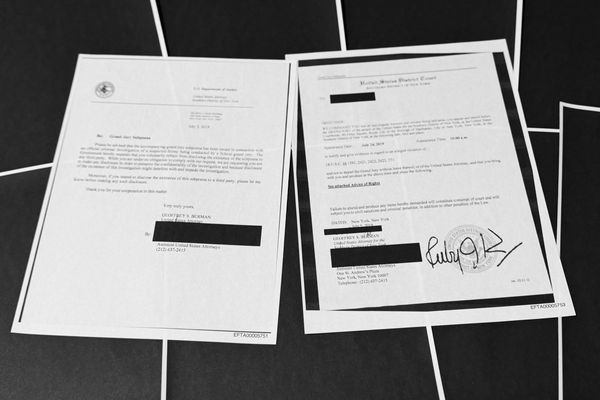
For a brief, hopeful moment in the middle of an intense tussle with her compatriot Jessica Pegula, it seemed as if Coco Gauff had found her way. Gauff had struggled in the first set of their opening match at the WTA Finals in Riyadh on Sunday, but then she dug deep and slowly turned the match around. The American reached set point on her serve at 6-5 in the second set.
Gauff then proceeded to hit three double faults in a row, which allowed Pegula to retrieve the break without touching the ball. Not a single attempt was even close.
That sequence illustrated perfectly Gauff’s struggles at the end of a curious season. On one hand, things are going supremely well in her career overall. She won her second grand slam title at the French Open in June by outsmarting the world No 1, Aryna Sabalenka, a win that showed Gauff and the rest of the tour that her first slam victory was no fluke. It was reasonable to assume that such a win would allow her to build even greater momentum.
Instead, aside from her title run at the Wuhan Open last month, the past five months have been some of the most challenging of her career. Those struggles can be attributed largely to one shot: Gauff’s second serve.
While she has always been prone to double faults, over the past two seasons her serve has fallen apart. According to Tennis Abstract, Gauff’s double‑fault rate, the amount of service points that end in a double fault, is by far the worst of all top 50 players this year at 9.9%. The next worst performer inside the top 10 is Amanda Anisimova, who has a double‑fault rate of 6.2%. In a sport of narrow margins where matches are decided usually by a few points, Gauff freely hands over a tenth of her service points.
On the court, she possesses many assets. Her defensive skills and athleticism are peerless, her two-handed backhand is sublime and her intelligence on the court is complemented by a well-rounded game. While her forehand can be inconsistent, all evidence suggests that the quality of her second serve will probably determine just how far she can go in her career. Gauff leads the tour for success in return games, winning 46.8% of her return games this year, and she has won a respectable 68.6% of first‑serve points, which places her at No 12 in the top 50.
The problems begin with her second serve. Gauff is the sixth-worst performer in the top 50 for second‑serve points won this year. Excluding double faults, however, she has won the second‑highest proportion of second‑serve points on the tour. If she can lower her double‑fault count, her results will improve significantly.
After an excruciating series of serving performances from Gauff during the summer, including 23 double faults against Danielle Collins in Montreal, she finally took drastic action. Days before the US Open, the American parted ways with her coach Matt Daly in favour of hiring the tennis biomechanics expert Gavin MacMillan. They immediately made significant changes to her “hitchy” service technique, particularly on her knee bend and tendency to throw her head down, in her attempts to generate racket head speed which often leads to an off‑balance landing.
A top player making such a significant coaching change days before a grand slam tournament is practically unheard of and it made for a miserable week in New York. After crying on court during her second‑round win against Donna Vekic and feeling put under pressure by all the scrutiny she received, Gauff lost in the fourth round against Naomi Osaka.
Her refusal to wait until after the US Open to make such significant adjustments, however, revealed much about her mindset. Gauff is ranked No 3 and she has been competing at the highest level of professional tennis for half a decade. It can be hard to focus on future improvements when a player is expected to win nearly every match they play. However, she is still only 21 years old and she should still be focusing on her development as a player. She clearly understands this.
Despite her defeat against Pegula, Gauff still has the chance to advance from the group stages of the WTA Finals, where she is the defending champion. However, how her game evolves in the coming years is far more important. An obvious point of reference is Sabalenka, whose serve was a disaster three years ago.
On numerous occasions in 2022, unable to control her second serve, Sabalenka resorted to hitting underarm second serves. This year, her double‑fault rate of 3.1% is the third lowest inside the top 50. It will take some time for Gauff to see if her work with MacMillan will also yield long-term improvements but, if they are even half as successful as the best player in the world, there will be many more big titles to come.







